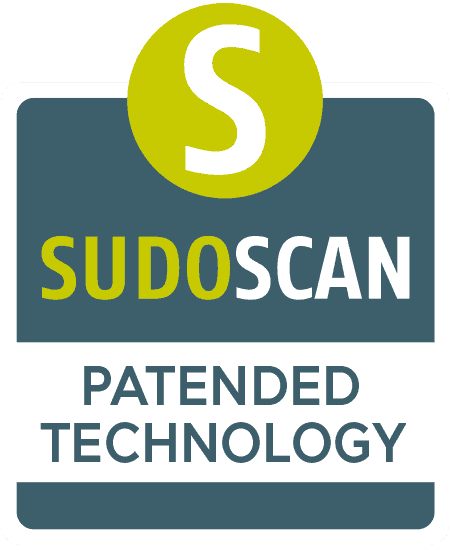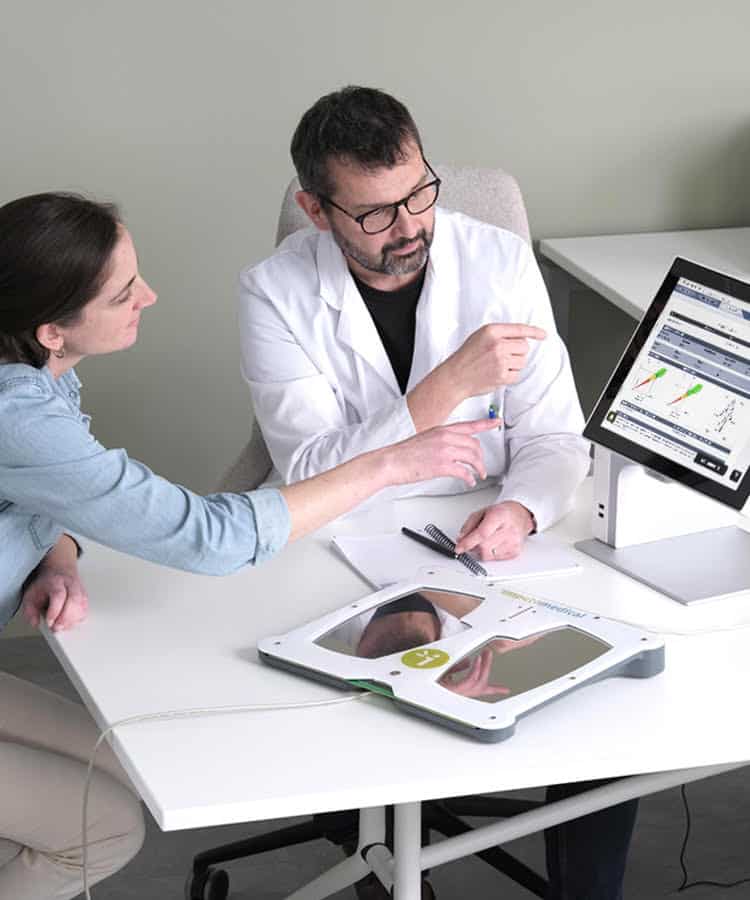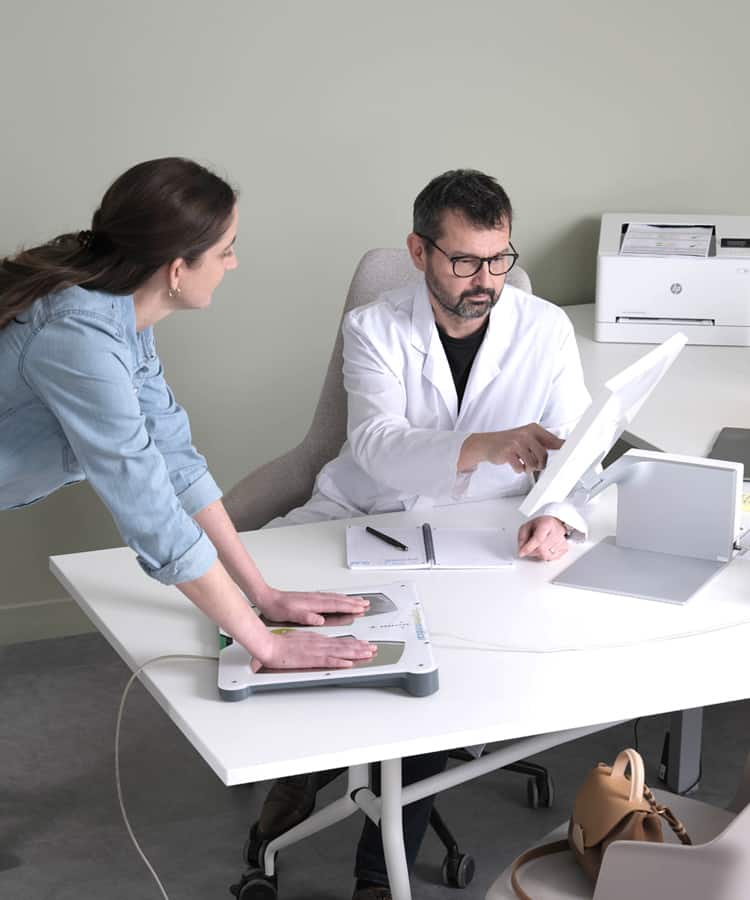Sweat function evaluation
Why evaluate sudomotor function?
Sweat glands are innervated by small diameter sympathetic C-fibers. Sudomotor (sweat) dysfunction can be one of the earliest detectable neurophysiologic abnormalities in distal small fiber neuropathies. Quantitative assessment of sweat response has been proposed as an index of the severity and distribution of autonomic failure as well as an early indicator for regeneration of small fibers [1] [2] [3].
Diabetes is shown to be the primary cause of small fiber neuropathy. The ADA has identified sudomotor (sweat) dysfunction as one of the major clinical manifestations of diabetic autonomic neuropathy. Furthermore, the assessment of autonomic dysfunction may identify patients at high risk for cardiac autonomic neuropathy, which carries a very high rate of morbidity and mortality [4].
Peripheral Autonomic Neuropathy and its effect on sweat glands [5]
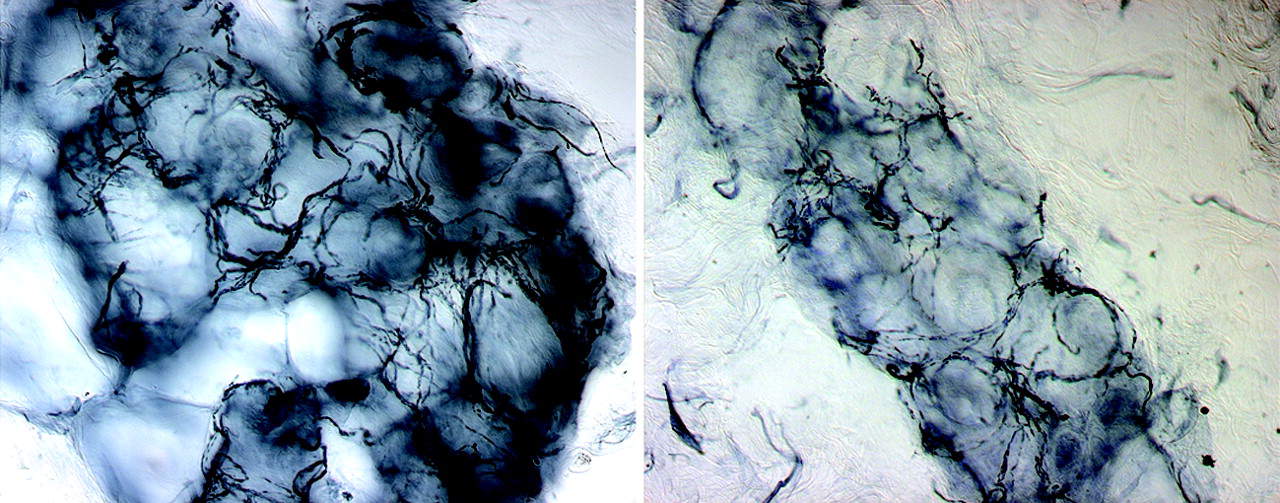
Normal sweat gland innervation in a healthy control (left). Reduced sweat gland innervation in a patient with diabetes indicates autonomic neuropathy (right).
Need for an alternate measure
The use of skin biopsy to measure Intraepidermal Nerve Fiber Density (IENFD) or sweat gland nerve fiber density (SGNFD) is an accepted diagnostic and surrogate measure of small fiber neuropathy. While skin biopsy is generally well tolerated by patients and accepted by the medical community, it has certain limitations as: invasiveness, risk of infection, bleeding, and a limited number of labs that can process the sample [6].
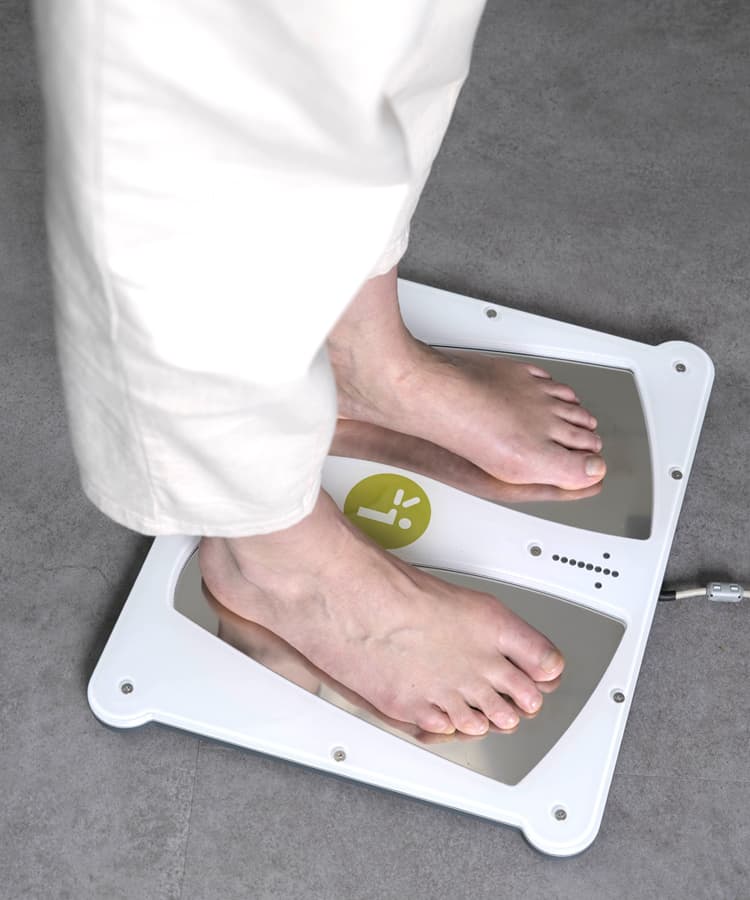
References
[1] Illigens et al.Sweat testing to evaluate autonomic function. Clin Auton. Res. 2009:19;79-87.
[2] Low PA.Evaluation of sudomotor function. Clinical Neurophysiology. 2004:115;1506-1513.
[3] Gibbons et al.Capsaicin induces degeneration of cutaneous autonomic nerve fibers. Ann Neurol. 2010:68;888-898.
[4] Tesfaye et al.Diabetic neuropathies: update on definitions, diagnostic criteria, estimation of severity, and treatments. Diabetes Care. 2010:33;2285-2293.
[5] Lauria et al.Skin biopsy: a new tool for diagnosing peripheral neuropathy. BMG. 2007:334;1159-1162.
[6] Joint Task Force of the EFNS and the PNS.European Federation of Neurological Societies/Peripheral Nerve Society Guideline on the use of skin biopsy in the diagnosis of small fiber neuropathy. Report of a joint task force of the European Federation of Neurological Societies and the Peripheral Nerve Society. J Peripher Nerv Syst 2010;15:79–92.


